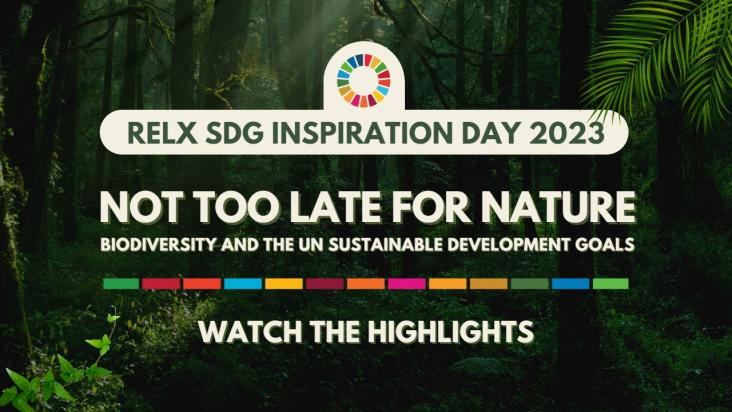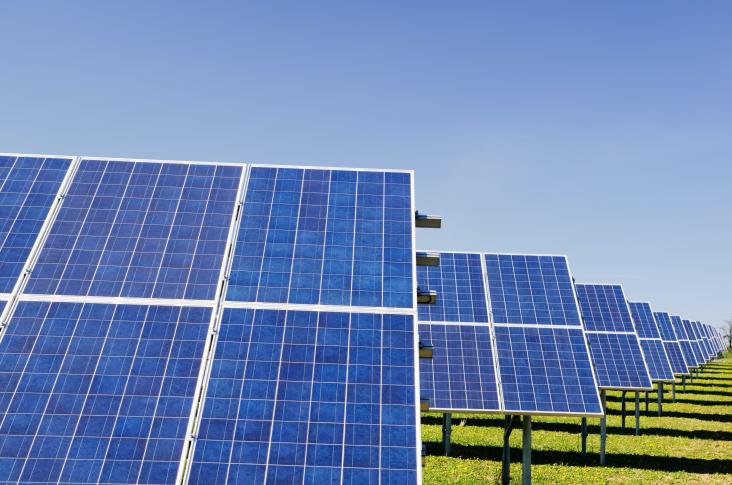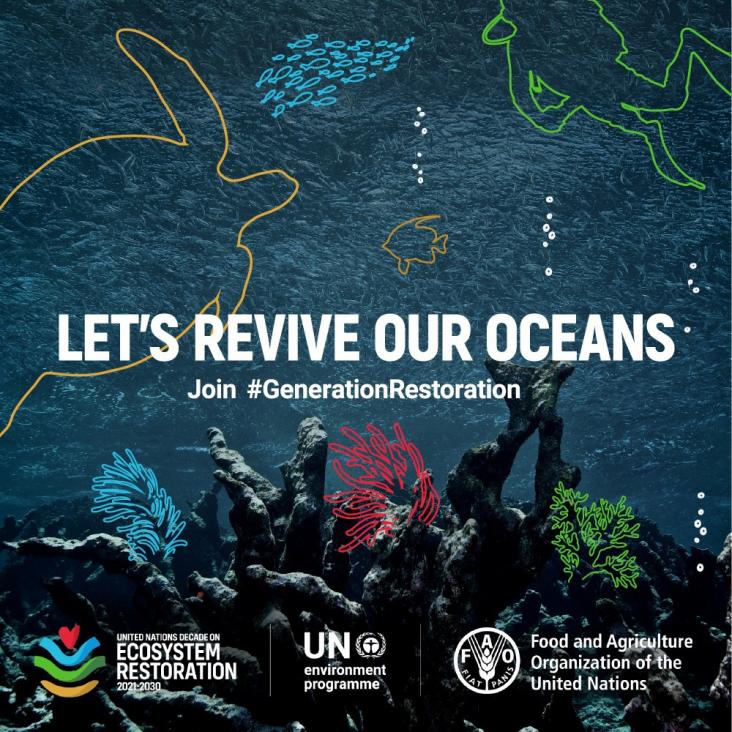
This work highlights what we know about climate change impacts that have happened and discuss future directions for research. It supports SDG 13 and 14.
This chapter aligns with Goals 3 and 14 by explaining the connection between the health of global oceans and the health and wellbeing of human populations increasingly reliant on ocean ecosystem services.

Find all the details and watch the videos from the 2023 RELX SDG Inspiration Day: "Not Too Late for Nature: Biodiversity and the UN Sustainable Development Goals." Eminent conservationist Dr. Jane Goodall, DBE, Founder of the Jane Goodall Institute and UN Messenger of Peace and 8th United Nations Secretary General Ban Ki-moon, provided keynote remarks alongside many more global leaders and subject matter experts.

Recognising our customers' exceptional work to achieve the United Nations' Sustainable Development Goals
This paper develops a coupling between SWAN and Thetis models to account for wave–current interactions occurring by the co-existence of wave and current flows. The different grids and time-steps employed by the model components allow greater flexibility. The two models run consecutively, and communicate internally to exchange the necessary parameters. These are the significant wave height, mean wave direction, mean wavelength and percentage of wave-breaking calculated by SWAN necessary for calculating radiation stress and wave roller effects, while Thetis provides water elevation and current velocity fields.
This paper is particularly relevant to investigations into the spread of organisms that remain close to shore over timescales of days-to-weeks, e.g., the spread of marine non-native species and pathogenetic parasites, but is equally relevant to simulations tracking the dispersal of eDNA or coastal pollutants such as oil and plastics.
This study supports SDG 14 by uncovering how biotas responded to global change during the early Paleocene greenhouse mode.

This paper explores perceived barriers and enablers for engagement in a new aquaculture activity, using an example of ‘technology-push’ towards seaweed farming in coastal villages in Samoa.


